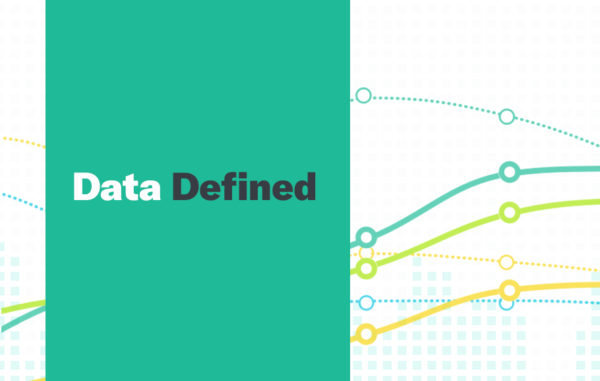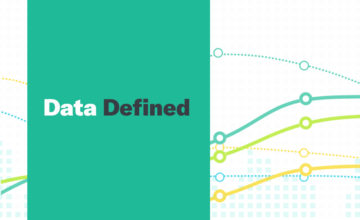XML Database Defined
A XML database is a database that can be used to store large amounts of data or information in the XML format. They can handle data which is of any size or format.
XML is a markup language that uses “tags” or specially formatted text labels, to identify the function of varied data elements within a document.
There are two major types of XML databases:
- XML- enabled – A XML enabled databases is the extension provided for the conversion of an XML document. This database is a relational database, in which data is stored in tables consisting of rows and columns.
- Native XML (NXD) – A Native XML database is based on the container rather than table format. This type of database can store large amounts of XML documents and data. Native XML databases have an advantage over the XML-enabled database, as it is easier to store, query and maintain the XML document in a native database than in a XML-enabled database.
XML databases are an easy choice when the data being store is XML. However, any type of data can be stored and can be the preferred option when dealing with complex data.
The most active XML database available today include:
- MarkLogic
- Oracle Berkeley DB
- Virtuoso
In Data Defined, we help make the complex world of data more accessible by explaining some of the most complex aspects of the field.
Click Here for more Data Defined.


